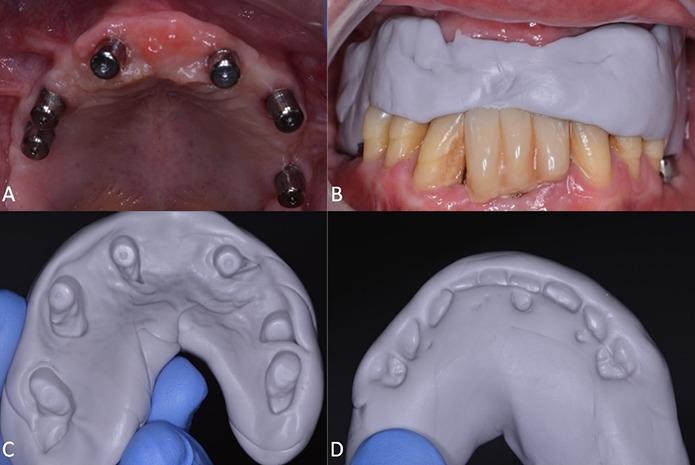RESUMEN
La Odontología digital está cambiando la forma de planificar y rehabilitar a nuestros pacientes. Dentro de la digitalización de la profesión, la toma de impresiones supone el punto de partida del flujo de trabajo digital, pero, debido a las limitaciones de los escáneres intraorales en rehabilitaciones implantosoportadas, se sigue buscando un sistema preciso, económico y predecible que nos facilite ser totalmente digitales. Aquí es donde aparece el sistema I-Finder, un método digital para toma de impresiones mediante el uso de un CBCT y los pilares I-Finder, a modo de scanbody, y que estaría indicado en restauraciones de dos o más implantes. El objetivo de este artículo es describir la técnica y secuencia de trabajo del sistema I-Finder a partir de un caso clínico.
Palabras clave: escáner intraoral, espectrofotogrametría, sistema I-Finder, ajuste pasivo.
ABSTRACT
Digital dentistry is changing the way we plan and rehabilitate our patients. Within the digitization of the profession, impression taking is the starting point of the digital workflow, but due to the limitations of intraoral scanners in implant-supported restorations, a precise, economic and predictable system is still being sought in order to facilitate us to be totally digital. This is where the I-Finder system appears, a digital method for taking impressions using a CBCT and I-Finder abutments, as a scanbody, and which would be indicated for restorations of two or more implants. The aim of this article is to describe the technique and work sequence of the I-Finder system from a clinical case.
Keywords: intraoral scanner, spectrophotometry, I-Finder system, passive fit.





